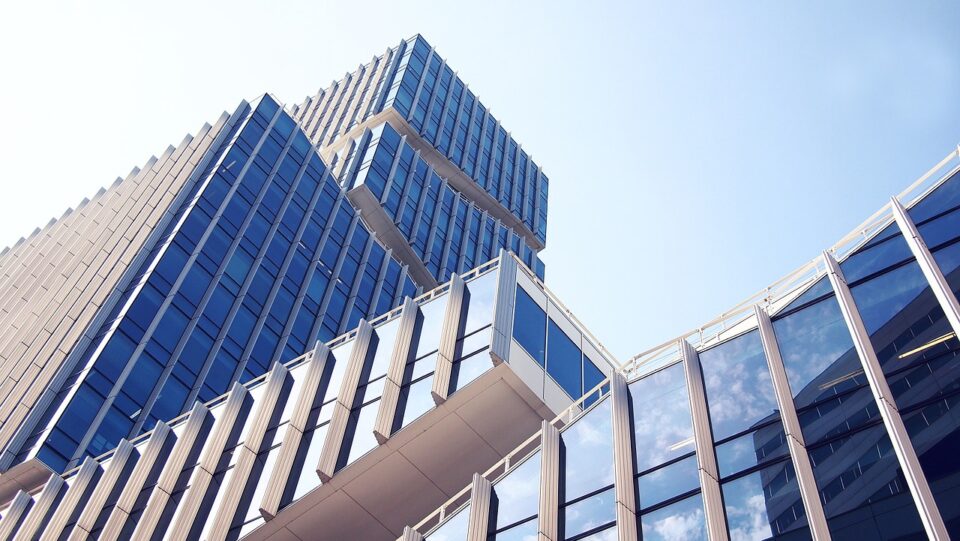Windows have been around since people began constructing their dwellings. The primary purposes of a window are ventilation and natural lighting. Over the years, it evolved and transformed into many forms and types. Nowadays, we enjoy various styles, colors, and materials for the many window designs we see today.
When choosing the windows for your commercial establishment, you need to consider several factors. Aside from following the usual local building codes and regulations, you also need to factor in the size, material, cost, and potential impact on its surroundings, especially to the people in the area.
The Many Uses of Glass
Glass is an abundant resource, and it’s also one of the most useful. Its application ranges from optics, tableware, decorations, and window panels. Due to its essential uses, it is the indispensable construction material for many modern buildings and will likely continue as a valuable material moving forward.
Since glass is a lightweight material, it is common in most buildings because it reduces the entire structure’s dead load. This factor is critical, especially to high-rise buildings that need to be lightweight. There are now variations of reinforced glass used to strengthen the glass further for other construction or industrial uses.
Sustainability
Glass is a 100% recyclable material making it a preferred construction material. Due to the popular demand of the industry to aim for sustainability, using glass is such an attractive option for many designers.
The sustainable factor of glass can also help to increase a building’s LEED rating. The rating is a standard set by the industry that can boost the building’s reputation. You can also add more to the rating by having more LEED-related installations or features like installing drywall access doors and panels that add convenience and safety to your building.
Transparency
The fraction of visible light passing through the glass is known as visual transmittance. Glass is one of the best materials to fit this end. Due to this property, it can let in a lot of natural light, which is very beneficial for heating and temperature control. It is also helpful in creating an illusion of making confined areas into spacious ones.
Heat Retention
Due to the transparent property of the glass, it can easily let in a lot of natural light, but it also does something else. As the heat enters the building, the glass traps the heat and retains it inside. This trapping of heat is typically called the greenhouse effect. This effect will help decrease cost due to energy spent on heating.
Easy to Work With
The workability of glass comes in a variety of ways. It’s possible to blow, draw, or press it. Glass with various qualities is available, including clear, colorless, diffused, and stained. It is also possible to weld glass using a process of fusion. This ease of workability allows many designers to produce various products using glass as a material.
Types of Glass Commonly Found in Commercial Spaces
Plexiglass: Skylights, aquariums, building window panels, signage, displays, bulletproof security barriers, and other uses benefit from this shatter-resistant material. Plexiglass can have color tints and UV coatings put to it.
Flat Glass: Utilizing the material can make glass doors, walls, and windows, which you can roll, float, or sheet glass. Flat glass is commonly for the manufacture of double-glazed windows, and it is a type that can shatter into big chunks with jagged edges.
Laminated, or “Toughened” Glass: When shattered, it keeps together well in buildings that are more vulnerable to attack. Laminated glass can have color to reduce solar heat gain while also lowering fading and glare of interior components such as carpeting, floors, and furnishings. This form of glass is commonly in high demand in commercial settings, such as shops, curtain walls, and windows.
Spandrel Glass: This type is usually opaque and not translucent and is a typical decorative accent or for concealment of a component of a building’s structure. Spandrel glass comes in a variety of colors, tailored to match your design/décor.
Security Glass: This type is even more protective than safety glass, shielding those who work within the buildings from criminal activities such as bullets from gunshots, blasts, or even forced entry or burglary, depending on the design. Other security glass alternatives include sound dampening or fire-rated composites, tinting, and further high performance.
Insulated Glass or Thermo Panes: This type works to maintain heat within a structure while enabling heat and light from the sun to enter the interior. This type of glass is suitable for places with a cold winter season due to its capacity to decrease heat loss.
Wired or “Wire Mesh” Glass: It’s a sheet of glass strengthened with a mesh of thin metal wire inserted within it. This type of glass is common in locations requiring higher fire protection due to its exceptional heat resistance. Newer wired glass items, such as doors and sidelights, are designed for use in places that need enhanced safety.
Final Thoughts
Glass as a material will continue to be helpful even in the future as time progresses. We owe so many advancements and developments due to this material, and its application will continue to evolve as things further develop. If you need help or are curious, consider asking a professional who can provide you with the necessary information you need.

